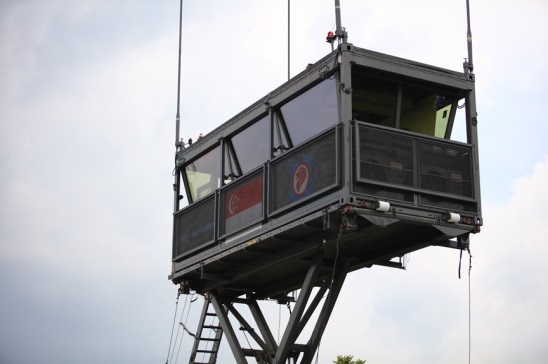
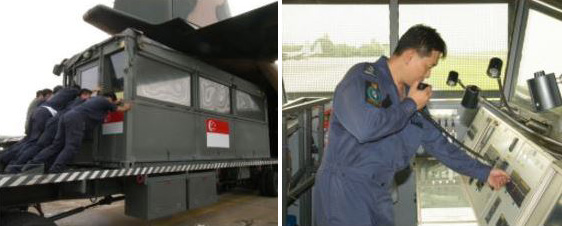
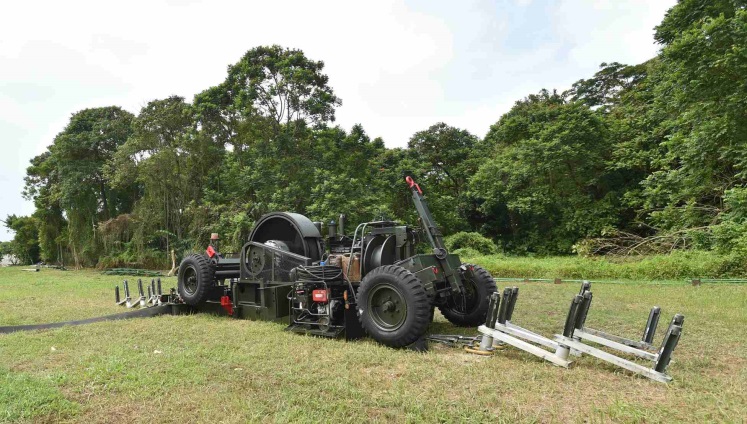
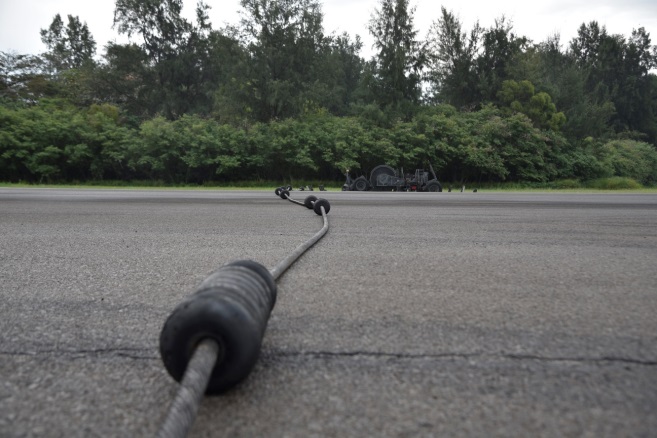
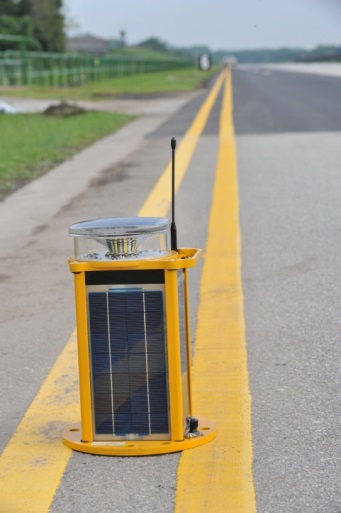
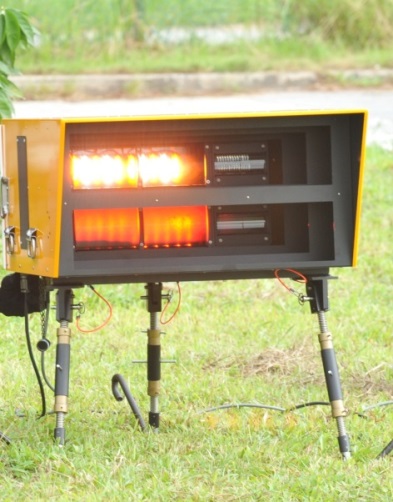


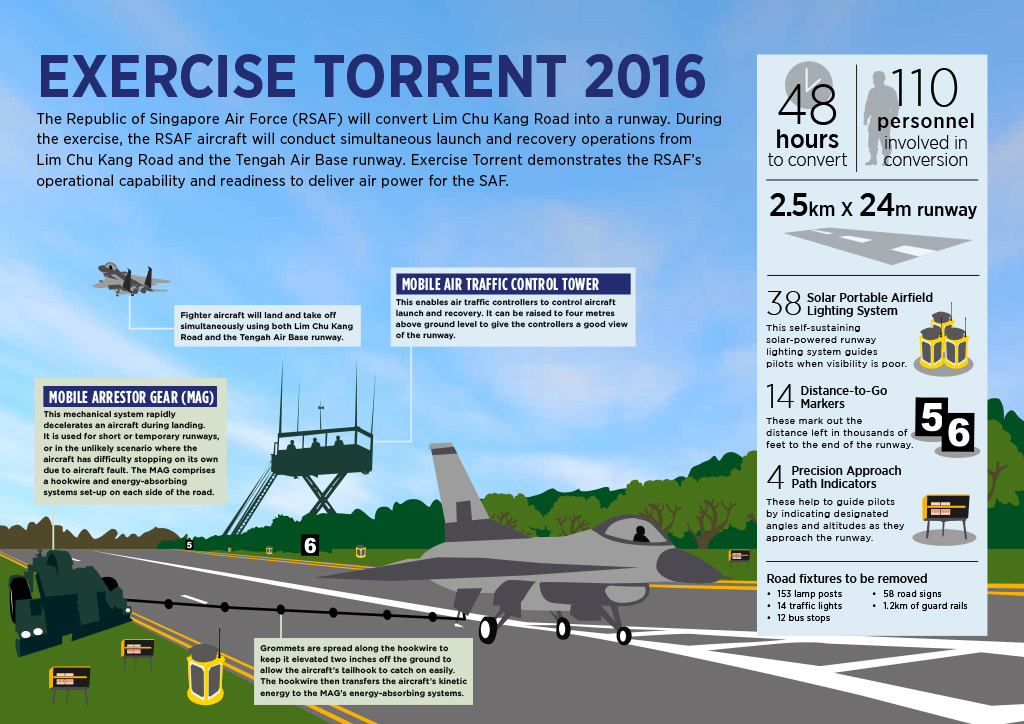
The Republic of Singapore Air Force (RSAF) will be conducting Exercise Torrent, also known as the Alternate Runway Exercise, from 10 to 14 November 2016. This is the seventh Exercise Torrent. The first exercise was conducted on 17 Apr 1986 with the participation of the A-4 and F-5 fighter aircraft. The previous exercise was conducted in 2008.
The conversion of LCK Road, which measures 2,500m in length and 24m in width, into a runway will take about 48 hours and involves 110 RSAF servicemen. In the 48 hours, public road fixtures such as lamp posts, traffic lights, bus stops, road signs and guard rails are removed with assistance from agencies such as the Land Transport Authority of Singapore (LTA). In addition, the setting up of airfield equipment and fixtures such as the Mobile Arrestor Gear (MAG), Solar Portable Airfield Lights (SPAL), and Precision Approach Path Indicators (PAPIs) are also accomplished. The remaining RSAF servicemen are involved in other critical tasks to support the exercise, such as engineering and logistical support for the aircraft and airfield systems, as well as runway and air base security.
Air Power Generation Command (APGC)
The Air Power Generation Command (APGC) is one of the six operational commands under the RSAF. It is responsible for maintaining and preparing RSAF aircraft for daily missions, and for ensuring that the RSAF air bases are operationally ready. The key squadrons participating in this exercise are:
a. The Control Squadron, 205 Squadron, controls air traffic operating in the vicinity of the air base. It also undertakes meteorological monitoring and provides relevant flight information to aircraft to ensure smooth aircraft launch and recovery operations. For this exercise, they will deploy the following equipment:
i. Mobile Air Traffic Control (MATC) Tower. The MATC Tower enables air traffic controllers to control the landings and take-offs of aircraft on the runway. It comprises an Air Traffic Control cabin, a hydraulic lifting system, generators and trailers. The control cabin can accommodate up to six people and can be raised to four metres above ground level - high enough for the controllers to have a good view of the runway. It is also equipped with meteorological, atmospheric pressure and temperature sensors. In Jan 2005, the RSAF had deployed the MATC Tower to the Banda Aceh Airport in Indonesia in the wake of the Indian Ocean earthquake and tsunami, where the airport’s air traffic control tower had been damaged by the earthquake.
b. The Air Base Civil Engineering Squadron, 505 Squadron, converts the public road into a runway. They work closely with agencies such as LTA to remove public road fixtures such as lamp posts, traffic lights, bus stops, road signs, and guard rails. They also deploy and set up the following airfield equipment and fixtures along the road.
i. Mobile Arrestor Gear (MAG). The RSAF uses the MAG system which is equipped with a hookwire for aircraft arrestment operations. The MAG is a mechanical system that rapidly decelerates an aircraft after it touches down. The system can be used for short or temporary runways or in the unlikely scenario where the aircraft has difficulty stopping on its own due to aircraft fault.
During operations, the aircraft tailhook will engage the hookwire that is laid across the runway (see Fig 4). The kinetic energy of the aircraft will be transferred to the brake pistons within the MAG, slowing the aircraft to a complete stop. Upon a successful arrestment, the aircraft will be disengaged from the hookwire, and the MAG will be reset for subsequent engagement, if required. The RSAF has also deployed the MAG at overseas airfields in support of RSAF training as required.
ii. Solar Portable Airfield Lights (SPAL). The SPAL, is a self-sustaining solar-powered runway lighting system used to guide the pilots in poor visibility conditions. They are positioned about 60 metres apart along LCK Road. The SPAL system is convenient, easy to transport and can be deployed quickly to support temporary or long-term operations in airfields.
iii. Precision Approach Path Indicators (PAPIs). The Precision Approach Path Indicators (PAPIs) is an unmanned system that provides visual glide path guidance for an aircraft approaching its landing. The pilot relies on the PAPIs to provide guided visual information to seek and maintain the correct approach to the runway. In this exercise, the PAPIs are positioned at the northern and southern most end of the runway, at both sides of the road.
iv. Distance-to-Go Markers (DTGMs). The DTGMs are placed along the sides of the runway to inform pilots of the distance remaining, in thousands of feet, to the end of the runway.
c. The Force Protection Squadron, 605 Squadron, is responsible for the overall security of the air base. For this exercise, where a public road is converted into an operational runway, the squadron also provides security for the area of operations and the vicinity of LCK Road to ensure uninterrupted launch and recovery operations. The squadron also works closely with LTA and the Singapore Police Force for road closures and traffic diversions to facilitate the exercise.